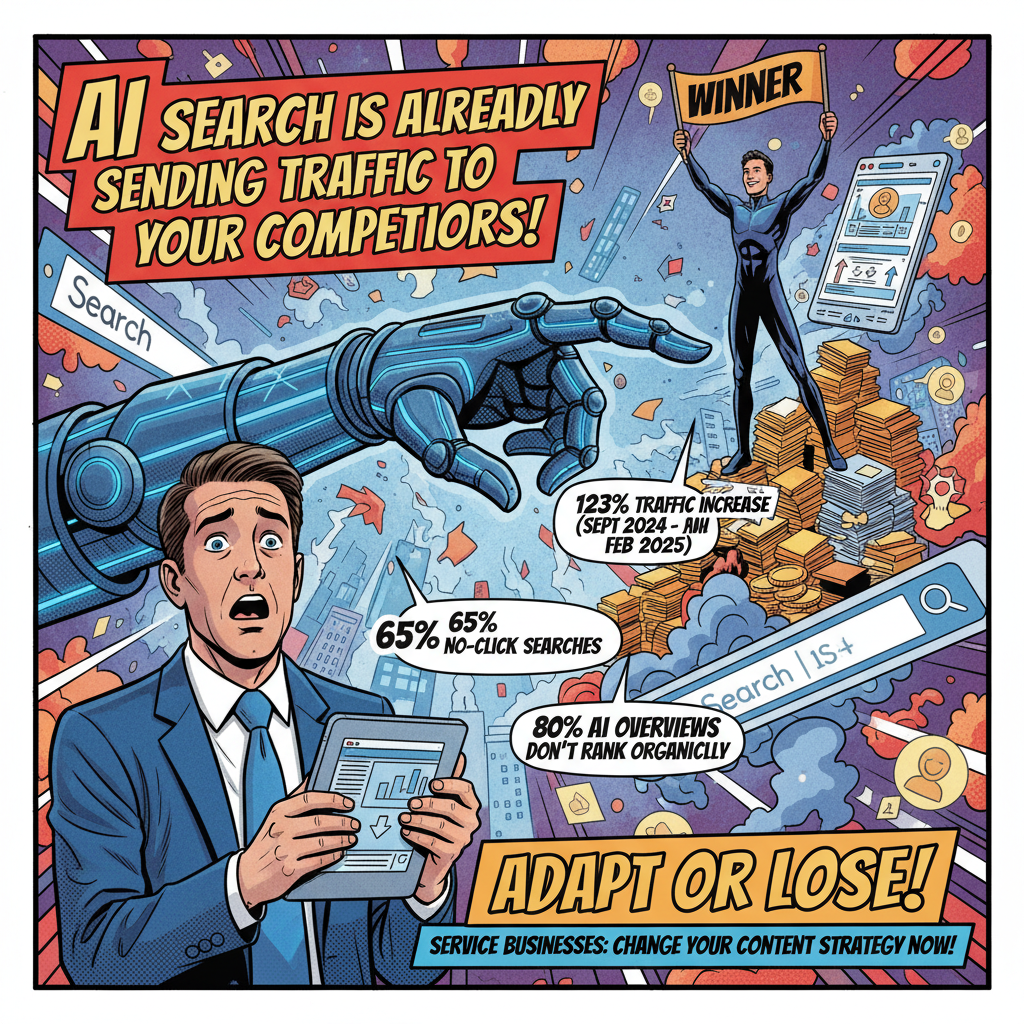Google's AI Mode Shift: What SMB Owners Need to Know About Search Visibility
Published on: 09/12/2025
TL;DR: Google is testing AI Mode as the default search experience. Answers appear directly in...
NEXUSPRO: Marketing Strategies for Business Growth









